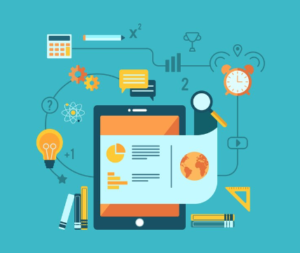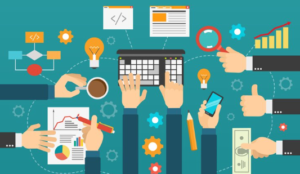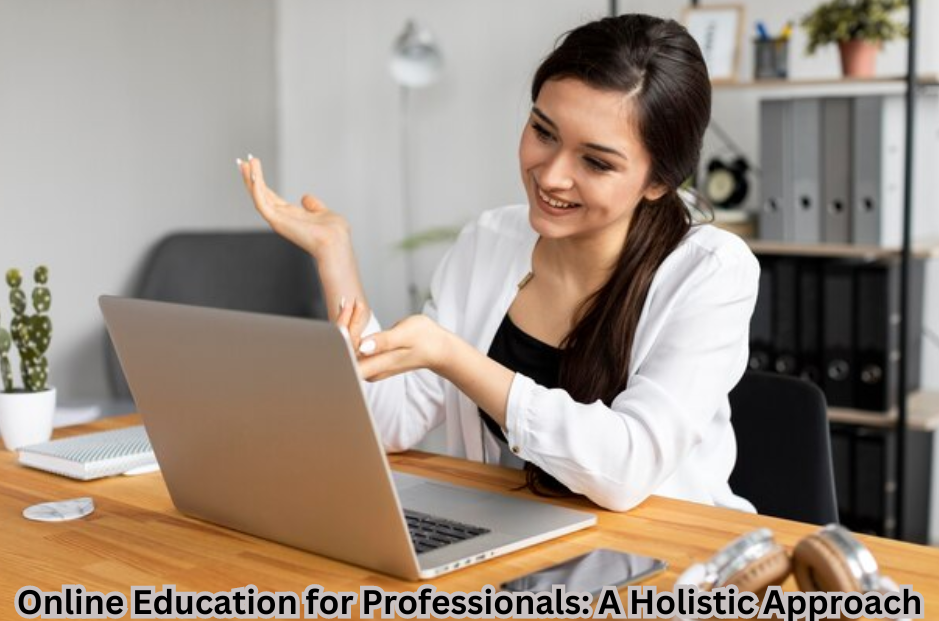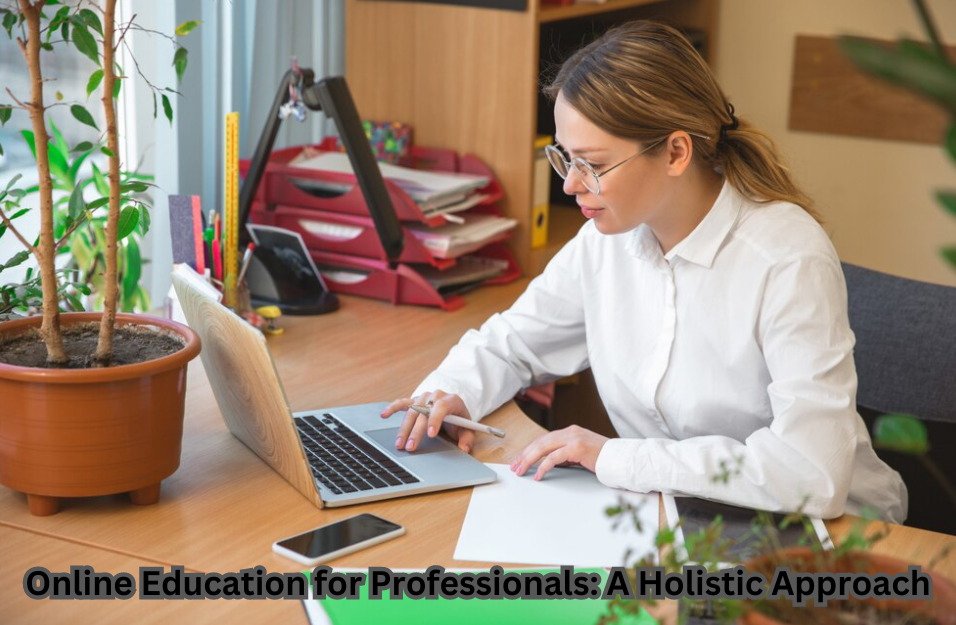Blended Learning Models: Balancing Tradition and Technology
In the dynamic field of education, blended learning combines conventional wisdom and cutting-edge technology to form a potent and efficient strategy. This novel approach merges the benefits of traditional classroom learning with online resources’ adaptability and interactive nature. Striking a balance between tradition and technology is of utmost importance as education adjusts to the needs of the 21st century. Come with me as I unravel the mysteries of blended learning models and their impact on the future educational landscape.
Blended Learning: A Journey Through Time
Embarking on a journey through the annals of education, one witnesses a fascinating evolution that mirrors the progression of society itself. Blended learning, a contemporary educational approach, connects tradition’s wisdom with technology’s dynamic prowess. In exploring blended learning’s historical odyssey, we unveil the rich tapestry woven by the convergence of past and present educational paradigms.
Conventional Origins in an Online Environment
Technology has propelled blended learning to unprecedented heights in recent years, while the idea is not new. It first arose to improve the learning experience by integrating online and classroom components. It has progressed from a simple combination of digital and traditional approaches to a dynamic, student-centered approach accommodating different learning styles.
Blended Learning Models: A Definitive Guide
The range of blended learning models is extensive, including flipped classrooms and rotations. Striking a balance that satisfies both students and educators is crucial. One solid place to start is by looking at how some famous models mix traditional and modern approaches.
The flipped classroom model: giving students more agency

Embracing the Future: Blended Learning Models in Focus”
The flipped classroom model emerges as a transformative approach in education, turning conventional teaching methods on their head. At its core, the flipped classroom model is a pedagogical strategy that redefines the roles of teachers and students and empowers learners with a newfound sense of agency. Let’s delve into the dynamics of this model, exploring how it offers students more control over their learning journey.
Using Technology for Homework
The flipped classroom model flips the script on traditional methods of instruction. Students prepare for class by watching instructional videos or listening to recorded lectures; they discuss, solve problems, and apply what they’ve learned during class. Using technology, this method simplifies content distribution while keeping in-person encounters as a viable means of meaningful participation.
Filling in the Missing Pieces: The Rotational Model
The rotational model is a crucial component of contemporary education, seamlessly blending into the ever-changing field of pedagogy. At the crossroads of tradition and technology, this fresh method fills in the gaps in conventional schooling by providing a flexible structure. To make learning more interesting and exciting, let’s peel back the layers of the rotating model and see how it completes the puzzle.
Efficient Combination of Online and In-Person Instruction
The students in the rotating model switch between full-time classroom instruction, independent study, and group projects. This model’s flexibility allows teachers to tailor their lessons to each student. Instead of veering too much toward online resources or traditional classroom education, it strikes a good balance.
Meet Diverse Learning Needs with Personalization and Flexibility
The need for adaptable and individualized teaching strategies is critical in today’s educational mosaic, where each student brings their own set of strengths and weaknesses to the classroom. Education is evolving from a one-size-fits-all model to a more sophisticated and successful one that caters to each student’s unique needs. Let’s delve into the profound influence of customization and adaptability in catering to pupils’ varied learning requirements.
Adapting to Different Speeds
The capacity to cater to varying learning speeds is a major strength of blended learning. Thanks to technological advancements, students can follow tailored learning plans to review the material at their own pace. Blended learning allows for the customization of the speed of instruction to suit the needs of each student, whether they require additional time to understand a subject or are prepared to go on to the next level.
Evaluation and Feedback in Real Time
Technological advancements greatly facilitate the provision of immediate feedback and assessment tools. As a result, teachers can swiftly spot when students are confused and step in to help. A more comprehensive method of gauging students’ growth is possible by integrating traditional tests with interactive digital resources.
Problems and Things to Think About When Using Blended Learning Models
It is critical to understand the opportunities and threats that come with blended learning models as the field of education seeks to harness their revolutionary power. The benefits are enormous, but we must carefully consider the possible obstacles to implement it successfully. Let’s explore the issues and things schools and teachers should consider while using blended learning approaches.

“Balancing Tradition and Technology: The Visual Representation of Blended Learning Models.”
Overcoming Technological Obstacles
There are obstacles to blended learning despite its many advantages, particularly in areas where technology is scarce. Closing the digital achievement gap is essential to guarantee that all children have equitable access to high-quality education. To overcome these obstacles, schools and other institutions must invest in infrastructure and provide the needed resources.
Continuing Education for Educators
Educators must be flexible to embrace new technology and teaching approaches to implement blended learning successfully. If we want our educators to be successful in today’s digital world, we must ensure they receive thorough training and continuous professional development.
(FAQs) About Blended Learning Models and Technologies
Blended learning models and the revolutionary technologies changing the face of education are the subjects of this in-depth tutorial, which aims to answer frequently asked questions. If you’re interested in learning more about blended learning, whether you’re a student, teacher, or enthusiast, these frequently asked questions (FAQ) will help you understand the different models, components, and technologies influencing educational innovation. Explore blended learning with me, where old and new unite perfectly to become a powerful educational tool.
In blended learning, which four models are there?
1. The Flipped Classroom paradigm: What it is: Under this paradigm, students watch recorded lectures or other digital content at home and then apply what they’ve learned in class.
Crucial Point: Tossing the conventional order of classwork and homework.
2. The Rotational Model: Students move between several learning modalities, such as online assignments, small group activities, and face-to-face instruction, in this model.
Elements Crucial: Structured rotation provides a range of learning opportunities.
3. The Flex Model: Described: Students work through classes at their speed via an online platform, with instructors providing online and in-person support.
4. Important Point: I can learn at my speed.
The fourth model is the enhanced virtual model, which describes how most learning occurs online with occasional in-person meetings for things like laboratories, exams, or extra help.
Important Point: Mixing online and offline activities for a more complete picture is best.
Specifically, which six models of blended learning exist?
The “A la Carte” model entails students taking some classes online and others in a more conventional classroom setting.
Important Point: Personalization of course offerings to meet needs and interests.
The Station Rotation Model: Students move throughout the physical classroom, going from one learning station to another, participating in class discussions, small groups, and computer-based exercises.
A crucial component is the organized progression via various forms of instruction.
Blended learning consists of what?
1. Face-to-face instruction: Described as the conventional method of instruction where a teacher meets with students one-on-one.
2. Learning Online: What it Is: The transmission of information in a digital format, typically through the Internet or a learning management system.
3. Interaction: Activities in which students and teachers work together, either in person or online.
4. Adaptability: Description: Enables material delivery, tempo, and learning modalities to be adjusted to meet the needs of individual students.
In blended learning, which technologies are utilized?
1. Learning Management Systems (LMS): Goal: Provide a centralized location for managing course materials, homework, and discussions.
2. Video Conferencing Tools: Goal: Enable online meetings, presentations, and debates that mimic in-person meetings.
3. Platforms for Online Content: Goal: Store digital assets like movies, interactive games, and audio/visual files.
4. Adaptive Learning Software: Goal: Customize lessons for each student by modifying course materials in response to their unique strengths and weaknesses.
5. Tools for Collaboration: Goal: Facilitate student and teacher collaboration by sharing ideas, completing projects, and other activities.
6. VR and AR: Goal: Design all-encompassing educational experiences that put students in a virtual world and let them engage with digital content in a physical context.



Post Comment